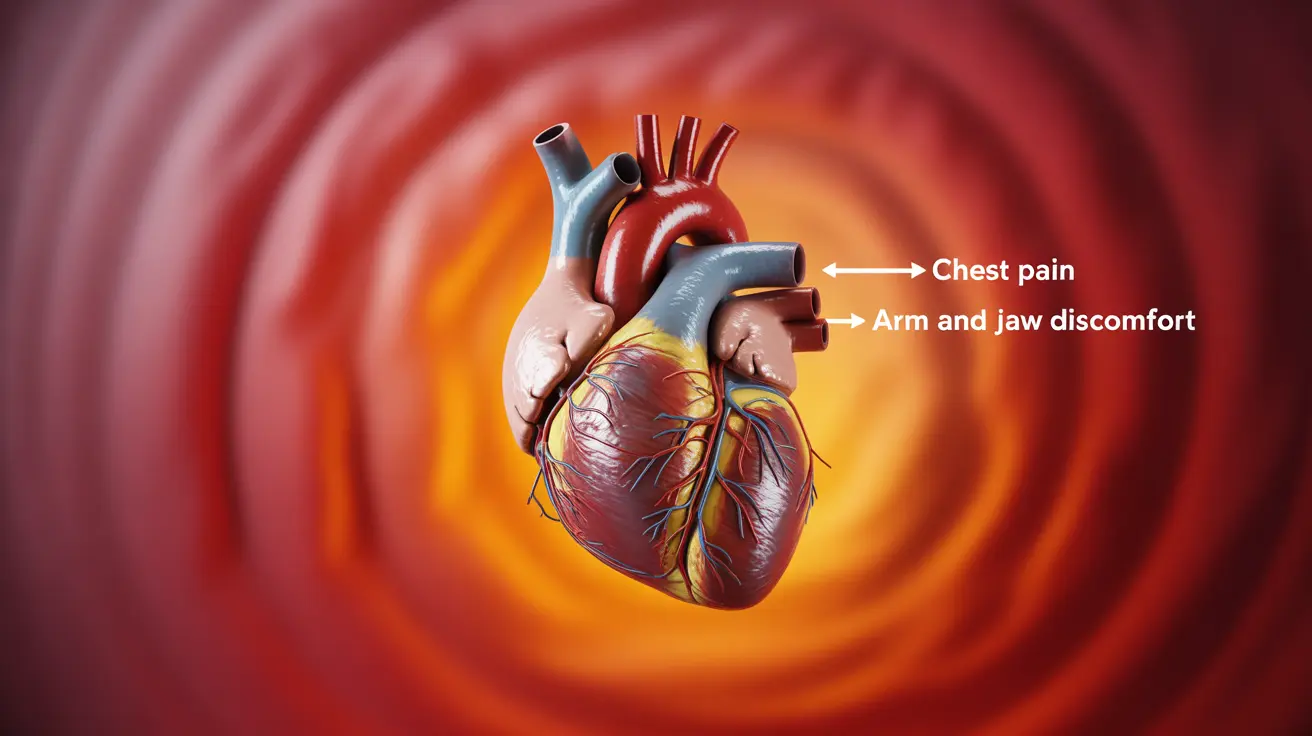A broken finger (finger fracture) is a common injury that can occur during sports, accidents, or falls. Understanding the signs, getting proper diagnosis, and following appropriate treatment are crucial for optimal healing and preventing long-term complications. This comprehensive guide will help you identify a potential broken finger and know when to seek medical attention.
Signs and Symptoms of a Broken Finger
Recognizing the symptoms of a broken finger is crucial for seeking timely medical care. Common indicators include:
- Severe pain that worsens with movement
- Visible deformity or misalignment
- Swelling and bruising
- Difficulty moving the affected finger
- Tenderness and sensitivity to touch
- Numbness or tingling sensations
The severity and combination of symptoms may vary depending on the type and location of the fracture. Some breaks might be obvious, while others could be less apparent but equally serious.
Diagnosis Process
Healthcare providers use several methods to confirm and assess a broken finger:
Physical Examination
Your doctor will carefully examine the injured finger, checking for visible deformity, swelling, and assessing your range of motion. They will also evaluate neighboring fingers and hand function.
Imaging Tests
X-rays are the primary diagnostic tool for confirming a broken finger. Multiple views help determine:
- The exact location of the break
- The type of fracture
- Whether bones are aligned or displaced
- If multiple breaks are present
In some cases, additional imaging like CT scans might be necessary for more complex fractures.
Immediate First Aid Steps
If you suspect a broken finger, taking proper immediate action can help prevent further injury:
- Remove any rings immediately before swelling occurs
- Apply ice wrapped in a cloth to reduce swelling
- Immobilize the finger using a temporary splint
- Keep the hand elevated above heart level
- Take over-the-counter pain medication if needed
- Seek medical attention promptly
Treatment Options
Treatment approaches vary based on the fracture's severity and location:
Conservative Treatment
Many broken fingers can be treated without surgery through:
- Splinting or buddy taping
- Cast application
- Regular monitoring and X-rays
- Prescribed pain management
- Gradual rehabilitation exercises
Surgical Intervention
Surgery might be necessary in cases involving:
- Severely displaced fractures
- Multiple break points
- Joint involvement
- Unstable fractures
- Open fractures with skin damage
Recovery and Rehabilitation
The healing process typically involves several phases:
Initial Healing Phase
Bone healing usually begins within the first few weeks, during which immobilization is crucial. This phase typically lasts 3-4 weeks.
Rehabilitation Period
After initial healing, rehabilitation focuses on:
- Gradually increasing range of motion
- Strengthening exercises
- Hand therapy sessions
- Return to normal activities
- Prevention of stiffness
Frequently Asked Questions
What are the common symptoms that indicate I might have a broken finger? Common symptoms include severe pain, swelling, visible deformity, bruising, difficulty moving the finger, and possible numbness or tingling.
How is a broken finger diagnosed and what tests are typically done? Diagnosis typically involves a physical examination and X-rays. Your doctor will check for deformity, swelling, and movement limitations. X-rays confirm the break and show its location and severity.
What immediate first aid steps should I take if I think my finger is broken? Remove any rings, apply ice, immobilize the finger, keep it elevated, and seek prompt medical attention. Avoid attempting to straighten the finger yourself.
What are the usual treatment options for a broken finger and when is surgery necessary? Most broken fingers can be treated with splinting or casting. Surgery may be needed for severely displaced fractures, joint involvement, or unstable breaks that won't heal properly with conservative treatment.
How long does it usually take for a broken finger to heal and regain full movement? Most finger fractures heal within 4-6 weeks, though complete recovery of strength and range of motion may take several months. The exact timeline depends on the fracture's severity and proper adherence to treatment protocols.




